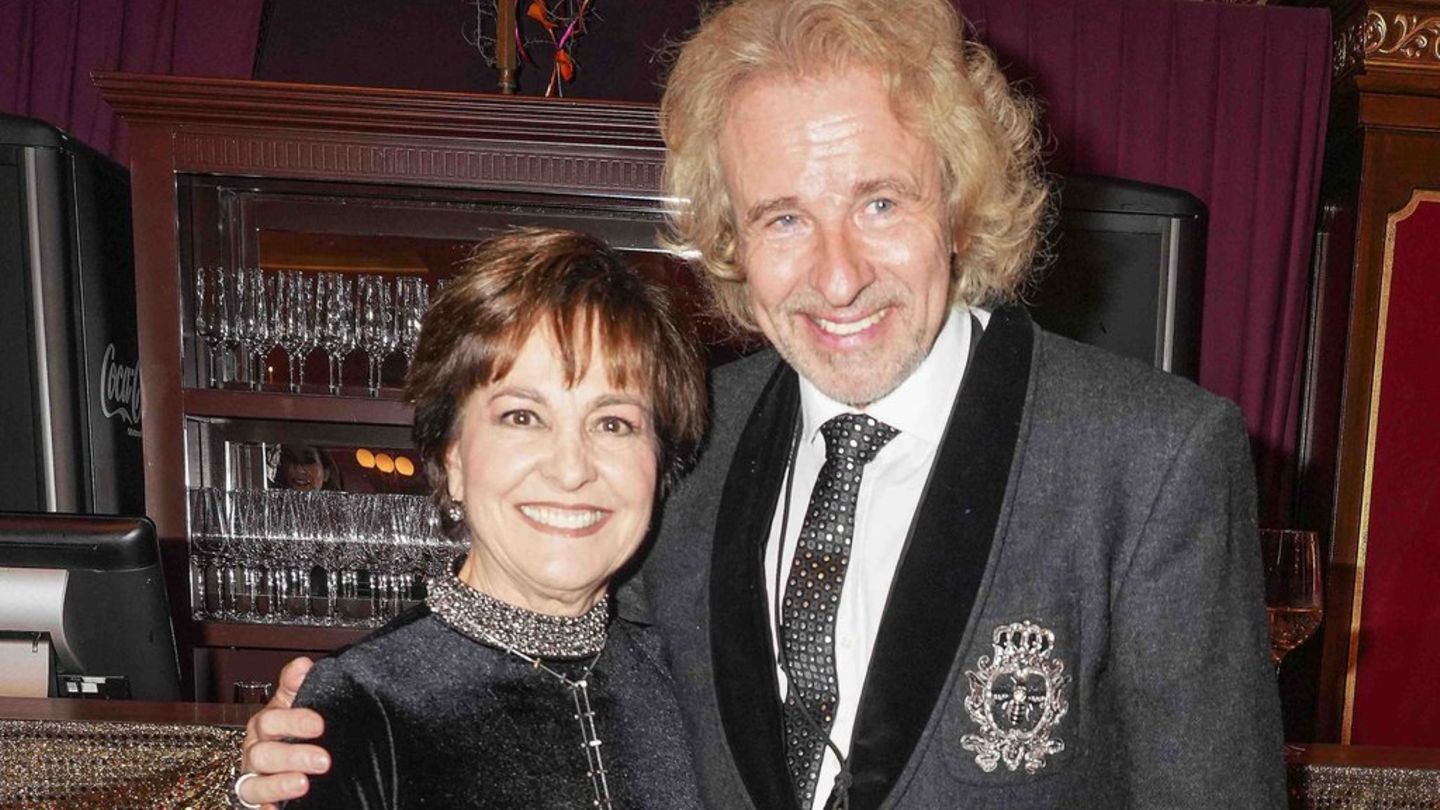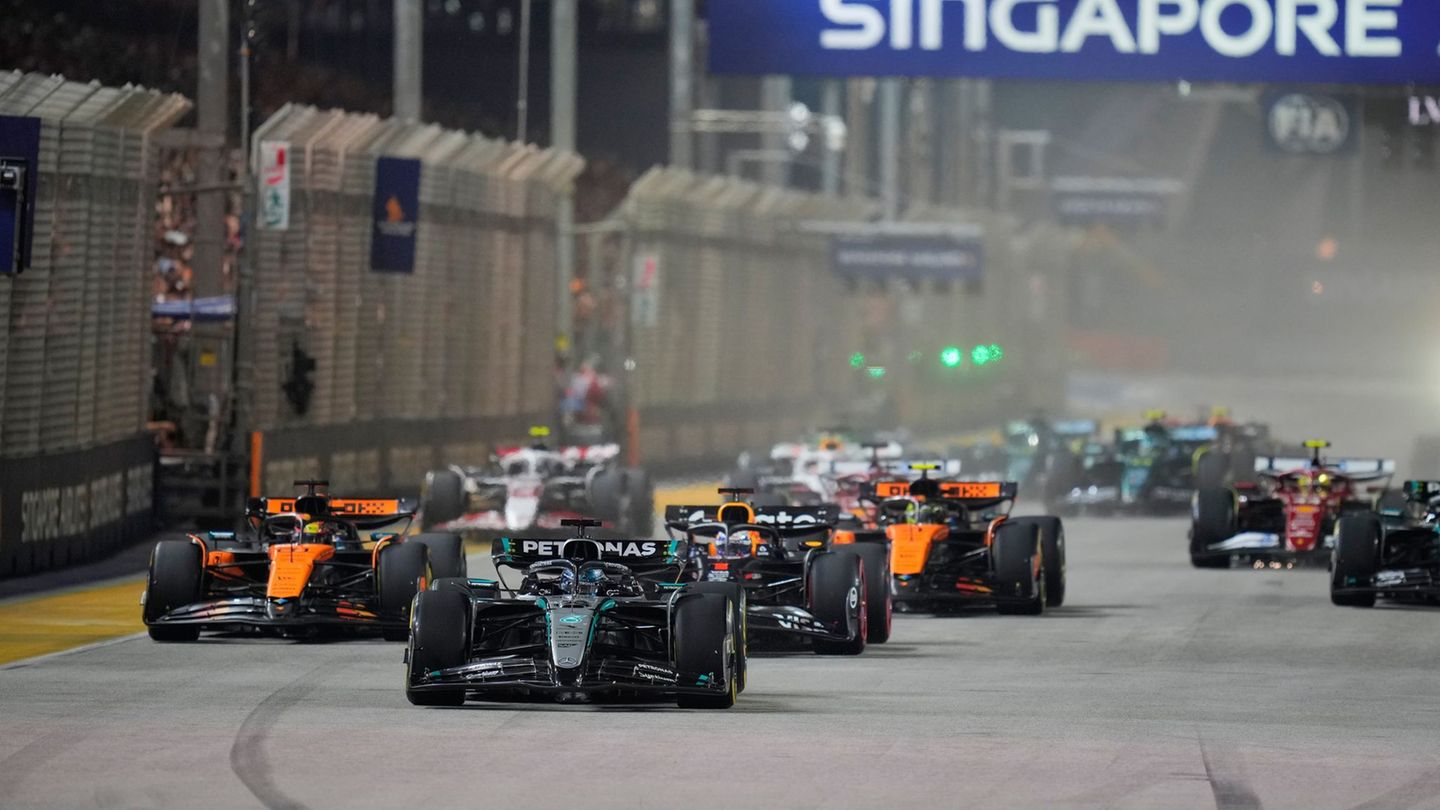Even before the premiere, Richard Wagner’s “Tristan and Isolde” had caused quite a stir at the Vienna State Opera: During the dress rehearsal, the audience loudly articulated – unusually and certainly improperly – declarations of disapproval of Calixto Bieito’s production. It was no different on the evening of the premiere on Thursday – a booing hurricane set in after the first act.
Against what? Against the water on stage in which the protagonists wallowed, against a brangäne carrying away dead fish in plastic bags to be filleted at the beginning of the second act? Against two floating living containers (stage: Rebecca Ringst), from which Tristan and Isolde wanted to get close to each other and thereby demolished everything? About 30 naked people writhing on the ground?
All of this had been seen so often that it wasn’t upsetting, but unfortunately didn’t contribute much to understanding or a new perspective on Wagner’s Tristan either. The arbitrariness (which Bieito himself admitted in interviews) was disturbing. In his production, text, music or plot rarely gave rise to an action – and the scenic interventions he used were too weak to serve as a counterpoint. There was hardly any interaction between the protagonists. They seemed trapped in their bubbles and weren’t allowed to show any emotions, even if Tristan Andreas Schager paid little attention to it and used his artistic skills in a highly expressive manner. But that was also allowed according to the director.
Excitingly lively music
On the other hand, the orchestral counterpoint that Philippe Jordan created with the state opera orchestra, which was optimally planned and played intensively, was fine. The study of the score, especially in relation to the different dynamics in the individual sound groups, paid off and enabled a very analytically transparent and yet tonal approach. Jordan didn’t celebrate the music solemnly, but generated it from the flow of words and the drama that grew out of it. Despite the fact that the singers were often positioned on the ramp, he took the static out of the work and created a stirring, lively “Tristan” that is rare.
For two acts, Schager was a brilliant and detailed musician, vocally unshakeable and text-clear Tristan. In the third act, however, he ran out of breath; he cleverly hid many a line that could no longer be lifted behind the orchestra. A great but not untroubled achievement. Martina Serafin, on the other hand, struggled the whole evening, especially with the clarity of the words. She quickly reached her limits at height. Her love death was not very moving.
René Pape also didn’t seem to be up to it vocally, acted cautiously as King Marke, but convinced with professionalism. Iain Paterson was an intense Kurwenal who stood out from the cast alongside the no less impressive Brangäne Ekaterina Gubanova. Clemens Unterreiner seemed to have no place as a melot in the production.
- “Tristan and Isolde”, opera by Richard Wagner, premiere at the Vienna State Opera. Other dates: April 18, April 22, April 27, May 1, each at 5 p.m.
- Info: wiener-staatsoper.at
Source: Nachrichten




